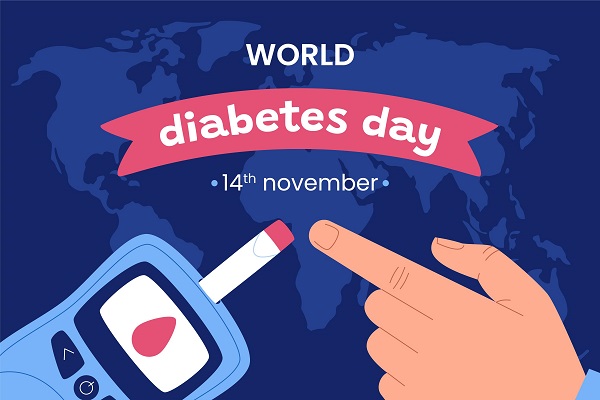Contributed by: Healthians Team
Introduction
With winter officially upon us, many people experience various health issues during this season. Pain in the joints is a common issue among most people especially during the falling temperatures of winter. Joint pain is characterized by discomfort in different parts of your body.
Cold weather joint discomfort occurs mainly in the hips, knees and ankles which can disrupt the basic activities that require the involvement of the joints.
Some common symptoms of joint pain include achy joints. Aggravation of the symptoms can also lead to discomfort in activities and it makes us painfully aware of every twinge and ache. Joint pain may cause certain hindrances to the lifestyle and normal activities, making it hard to get moving.
Why does the cold cause joint pain and stiffness?
Some studies have linked winter-related joint pain to changes in barometric pressure and dry air. During the cold winter months, the joints get inflamed due to restricted blood flow to the joints or increased nerve sensitivity. This leads to less mobility and flexibility in the joints, leaving you susceptible to greater joint pain.
There is no single explanation for the reason why dropping temperatures affect your joints. According to one theory, drops in barometric pressure cause tendons, muscles and the surrounding tissues to expand. This can cause pain due to the constricted area within the body, especially in arthritis-affected joints.
Are some people more susceptible than others?
Although everyone’s body reacts to changes in barometric pressure, it’s unclear why some people respond more to weather changes than others. Persons with arthritis and chronic pain are more susceptible to feelings of discomfort. Furthermore, bad weather can magnify the perception of pain; especially if you are sad or depressed.
Home remedies for cold weather-induced joint pain
There are a few things you can do to feel more at ease and lower your risk when the weather turns cold. More often than not, the problem of joint pain is easy to deal with.
Cold weather joint pain can be treated well with various natural remedies that could be easily found at home. Here are some common remedies to combat winter joint pain.
- Stay active
Keep your body engaged and moving by staying active. Low-impact exercise is good for your joints. To keep your body active and fit, try indoor swimming in a warm pool, yoga or Pilates stretching, brisk walking, and weight training.
- Do warm-up exercises
Stretch for at least five minutes daily in the morning. This helps to minimise stiffness and avoid joint problems.
- Don’t abruptly stop running
If you need to take a break, keep walking so your knee joints don’t get cold and hurt.
- Cooldown properly
Stretch immediately after jogging to relieve muscle tightness that arises after extended exertion.
- Stay indoors on very cold days
If it’s terribly chilly outside, stay inside and work out. Rather than running on snow-covered roads, go for a 20-minute cardio session on your treadmill.
- Wear warm clothing
Wearing adequate cold-weather gear has a similar effect on our attitude toward the winter months. Whether joint discomfort is the underlying cause or not, cold fingers and toes ache and feel sore. Keep a spare pair of warm socks on hand for when your feet get cold.
- Apply heat pads
Applying a heating pad or a hot water bottle to painful areas can also help relieve hurting joints. According to some studies, heat helps relax your muscles.
- Over-the-counter medicines
It may be necessary to take over-the-counter pain medicines and anti-inflammatory medications, but only under the supervision of a doctor. It is important to remember that unwanted side effects can occur with many vitamins and drugs.
- Watch your weight
Maintain a healthy weight in order to reduce stress on your joints, especially your knees. Even a minimal reduction of 2 to 10 kilograms can have a tremendous impact on reducing joint pain.
- Avoid strenuous exercises
Avoid high-impact workouts like jogging or repetitive leaping if they aggravate your joint pain.
- Manage the pain
Gentle stretching, yoga, and walking can increase flexibility and lessen stiffness and pain when it comes to pain management.
When should you consult a doctor?
It is recommended to see your doctor if you have any strange or new symptoms with your joints, such as persistent swelling, redness, or trouble placing pressure on or utilising the joint. Seek medical help immediately away if you’re experiencing persistent or severe pain that’s becoming incapacitating.
Final thoughts
Though slow, achy joints, cannot be completely prevented, you can minimize your risk and control symptoms — to some degree — during winter weather by maintaining a healthy weight and remaining active. If your joints continue to suffer after you’ve tried all home remedies and lifestyle changes, you should see a physical therapist or an orthopaedist.




